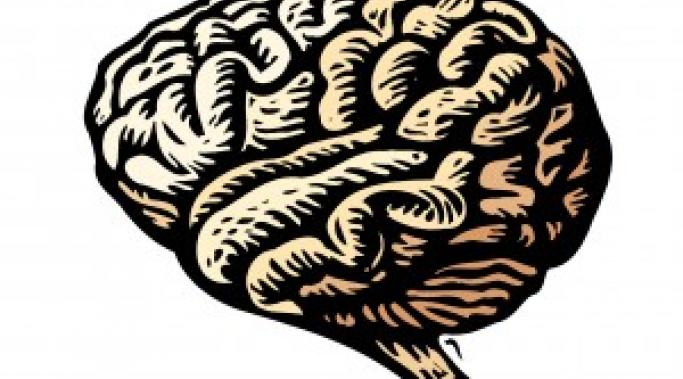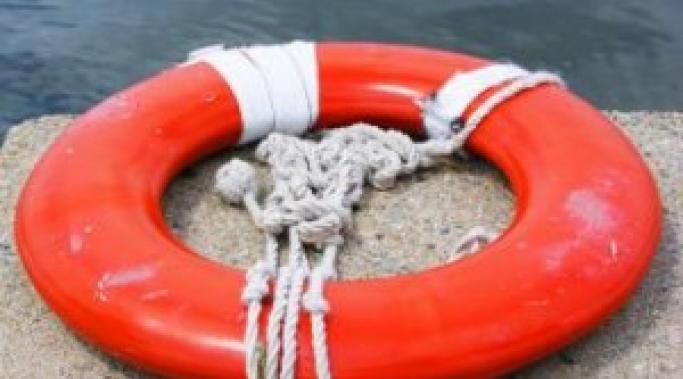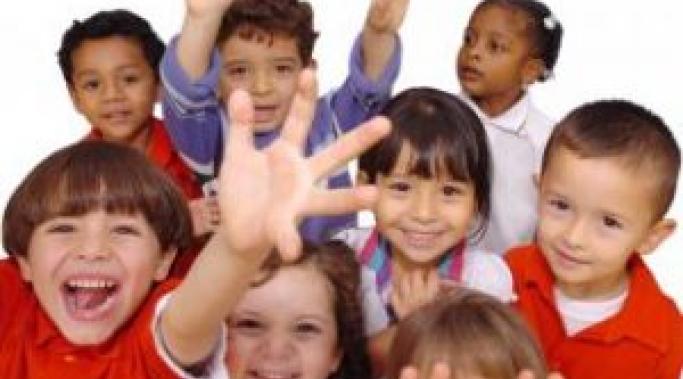Back in 2009, I went to the annual trauma conference in Boston hosted by Bessel van der Kolk. It was a fantastic conference with a slew of professionals presenting on various aspects of and treatments for PTSD.
One of the stars of the conference was Neurofeedback (NFB), a process that I didn't know very much about. Many of the presenters shared facts, statistics and applications for NFB and spoke about how effective it was in helping to reduce symptoms of posttraumatic stress.
Do you know what NFB is and how it works? Here's a quick overview...
About PTSD
Right off the bat I'll say this: It's incredibly important in treating posttraumatic stress to have a completely strategized mind/body approach. In order to really heal both aspects of who you are need time, attention, focus and respect.
And yet, there's also great value in separating them out.
Last week, one of the Heal My PTSD support group members heaved a big sigh and asked, “Is it normal to fluctuate between seeing progress and going back to square one? Is that part of PTSD recovery?”
If you've ever been depressed, anxious or angry you know how emotions can impact your appetite. Any one of those experiences can make you eat more or less depending on the day and the intensity of what you're feeling. And then what happens? If you skip some meals or binge on junk food, do you feel better or worse?
For the past few years there's been a lot of talk about how the new Diagnostic and Statistical Manual (DSM-V), the Bible of mental health diagnoses, would be changing the criteria for PTSD.
Well, on May 27th the new DSM-V was released and now we know what the changes are!
It's something you do every day, but how often do you actually deliberately think about breathing? Back when I was struggling with PTSD I never thought about my breath - or would have even believed that it could help me feel better almost instantly.
Recent research, however, proves that focusing on your breath can dramatically impact and reduce PTSD symptoms.
You decide you want to heal from PTSD. You've had enough of living with high anxiety, nightmares, depression, emotional mood swings, the feeling that just stepping out of your house brings on an avalanche of overstimulation. So you pull up your bootstraps, tighten your belt, strap yourself in and take the plunge: You reach out for help, receive your diagnosis, educate yourself about treatment options, choose one, find the right practitioner, start your sessions and..... find yourself full of all kinds of contradictory feelings.
Last week, I wrote about how trauma affects children and what symptoms to look for in identifying a trauma reaction in a child. This week, I'm continuing the children and trauma/PTSD theme by examining treatment options.
As in my earlier post, this information comes from an expert in helping children with PTSD, my colleague Bill Krill, author of Gentling: A Practical Guide to Treating PTSD in Abused Children.
When we talk about trauma and PTSD, we often talk about adults. Today, I'm starting a two-part series that focuses on children. How kids experience, process and integrate trauma happens very differently from adults for obvious reasons.
During my PTSD recovery, I had to wrangle with the idea of forgiveness. How to - and in fact, do you - forgive someone for the trauma they impose on your life? Whether what caused your trauma was premeditated or inadvertent how much and for how long and when is it appropriate to forgive -- or not?









